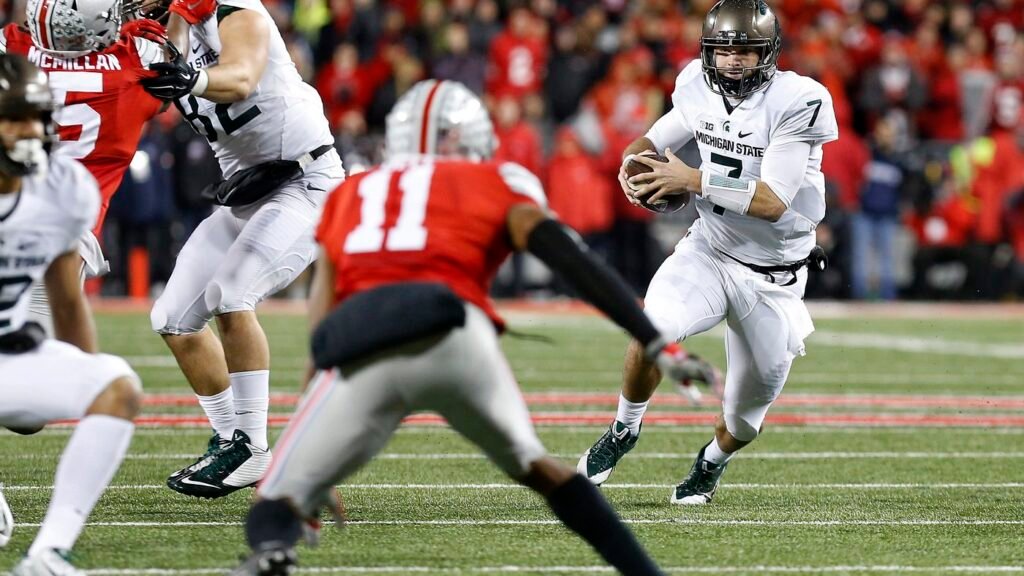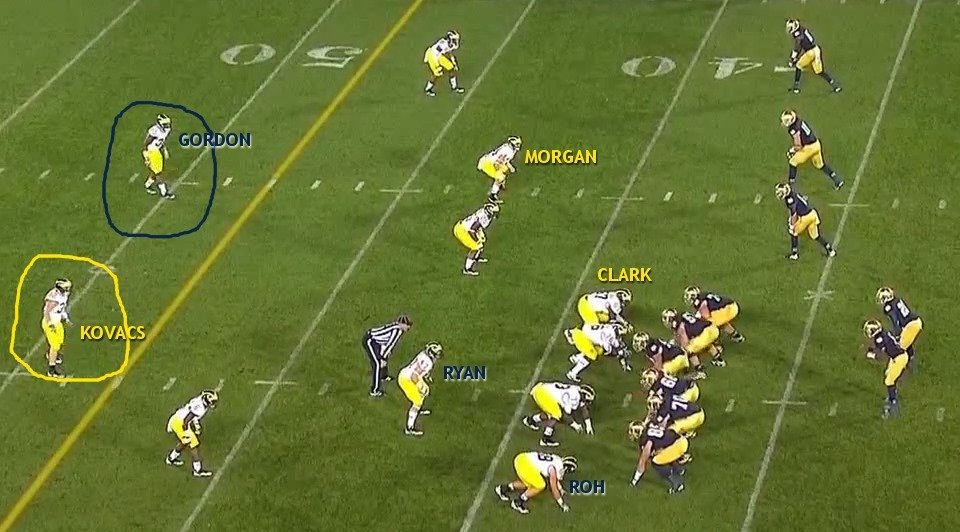In football, a safety is a unique scoring play that can significantly affect the game’s strategy and outcome. While it may not be as glamorous as a touchdown, understanding what a safety is and how it works is essential for any football fan. Let’s explore the concept of safety in detail, including its definition, how it’s scored, its importance, and its historical context.

Understanding the Concept of Safety
Definition of Safety
A safety occurs when the offensive team is tackled in their own end zone, commits a foul that results in the ball being dead in their end zone, or fumbles the ball out of bounds in the end zone. Essentially, this defensive score awards the opposing team two points. It’s a critical aspect of the game that can swing momentum and lead to strategic shifts.
How Safeties are Scored
Safeties can be scored in several ways:
- Tackling the Ball Carrier: If an offensive player with the ball is tackled in their own end zone, it results in a safety.
- Fumbles: If the ball is fumbled and goes out of bounds in the end zone, the defense is awarded a safety.
- Penalties: Certain penalties, such as intentional grounding committed by the quarterback in the end zone, can also lead to a safety.
Types of Safeties
Tackling the Ball Carrier
This is the most straightforward way to score a safety. If the offensive player is brought down in their own end zone, the defense scores two points. This often occurs during high-pressure situations, such as a quarterback being sacked while trying to escape.
Fumbles Leading to Safety
If an offensive player loses control of the ball and it goes out of the end zone, the defense is awarded a safety. This can happen when a player is hit hard or when they attempt to make a risky play that backfires.
Penalties Resulting in Safety
Certain penalties committed by the offense in their end zone can lead to a safety. For example, if a quarterback throws an intentional grounding pass while in the end zone, it results in a safety. This emphasizes the importance of discipline and decision-making under pressure.

The Importance of Safeties in Football
Strategic Impact on the Game
Safeties can dramatically shift the momentum of a game. When a safety occurs, not only does the defensive team score points, but the team that was scored upon must kick the ball back to the opposing team. This often gives the defense excellent field position, allowing them to capitalize on their momentum and potentially score again.
Psychological Effects on Teams
The psychological impact of a safety shouldn’t be underestimated. It can demoralize the offense and boost the defense’s confidence. When a team scores a safety, it often invigorates their players, creating a ripple effect that can influence the rest of the game. This change in morale can be pivotal, especially in closely contested matches.
Historical Context of Safeties
Famous Safeties in Football History
Throughout football history, there have been notable safeties that changed the course of games. For instance, in Super Bowl XLVIII, a safety was scored just 12 seconds into the game, marking the fastest scoring play in Super Bowl history. Such moments highlight how safeties can become memorable turning points, impacting not just the score but the overall narrative of the game.
Safety vs. Other Scoring Methods
When comparing safeties to touchdowns and field goals, it’s essential to note their unique position in the scoring hierarchy. A touchdown is worth six points, while a field goal is worth three. In contrast, a safety is only worth two points. However, the strategic implications of a safety can be far-reaching, often leading to more scoring opportunities for the defensive team due to the change in possession.
Common Misconceptions About Safeties
There are several misconceptions surrounding safeties that are worth addressing. One common myth is that safeties are a rare occurrence. In fact, while they don’t happen as frequently as touchdowns, they are not uncommon in the course of a game. Understanding the nuances of how safeties can occur is crucial for any football fan.
Safety in Different Football Leagues
Different leagues may have variations in their rules regarding safeties. For instance, college football has slightly different stipulations compared to the NFL. Understanding these differences can provide deeper insights into how the game is played at various levels. Each league has its own set of rules that can affect how safeties are scored and how they influence the game.
Conclusion
In conclusion, safeties are a unique and vital part of football that can shift the momentum of a game and provide strategic advantages. Understanding what a safety is and how it impacts the game enhances the viewing experience and appreciation for the sport. Whether you’re a seasoned fan or new to football, recognizing the significance of safeties can deepen your understanding of this exciting game.
For instance, knowing what is the difference between a safety and a touchback in football can help clarify the unique situations that arise in the end zone. Additionally, understanding the role of safeties in historic games, such as those highlighted in Super Bowl facts and history, offers fascinating insights into their strategic importance. And as timing plays a critical role in these moments, it’s helpful to know how long is a quarter in football to better grasp how safeties fit into the flow of the game.
People Also Asked
What is a safety in football?
A safety occurs when the offensive team is tackled in their own end zone, resulting in two points awarded to the opposing team.
How many points is a safety worth?
A safety is worth two points.
Can a safety happen on any play?
Yes, a safety can occur during various plays, including tackles, fumbles, or penalties in the end zone.
What happens after a safety is scored?
After a safety, the team that was scored upon must kick the ball to the opposing team, usually through a free kick.
Are safeties common in football?
While not as frequent as touchdowns, safeties do occur in many games and can significantly impact the game’s outcome.
For comprehensive details, visit the provided link for in-depth insights!

